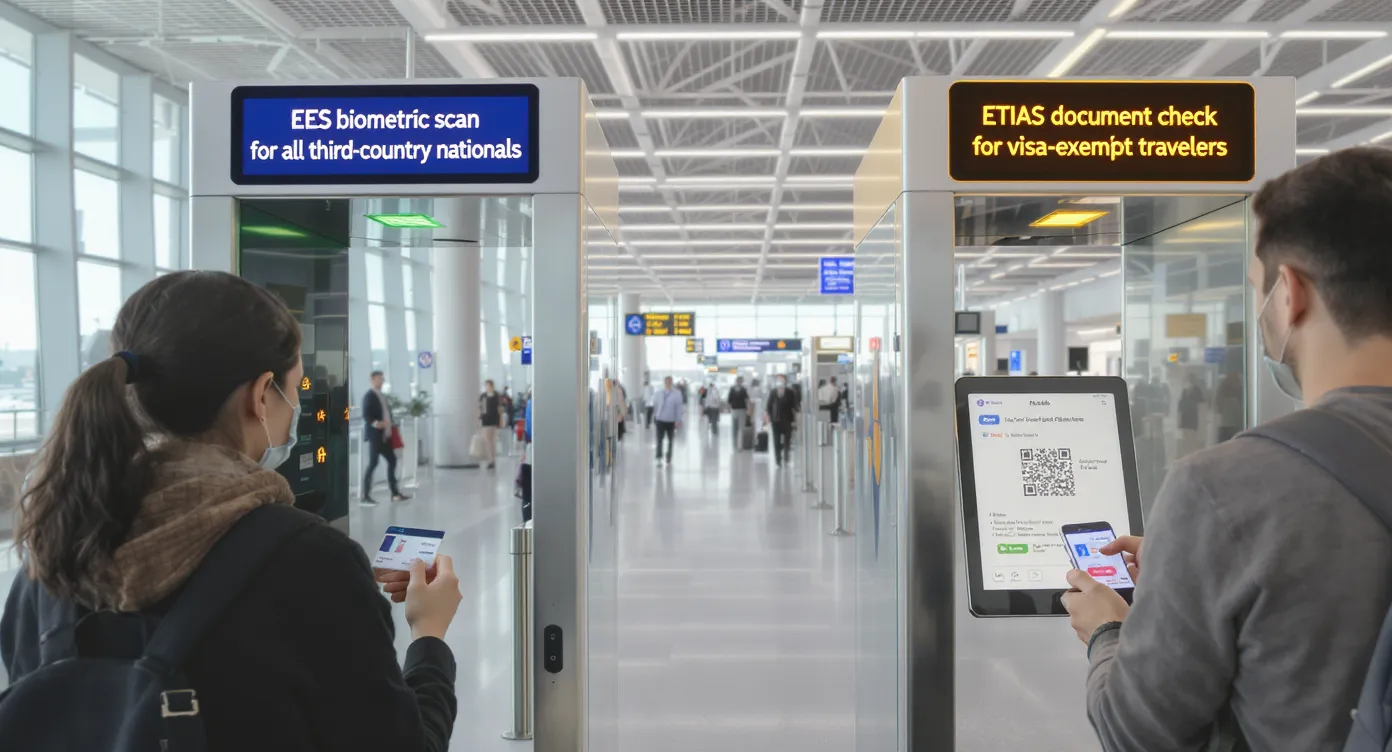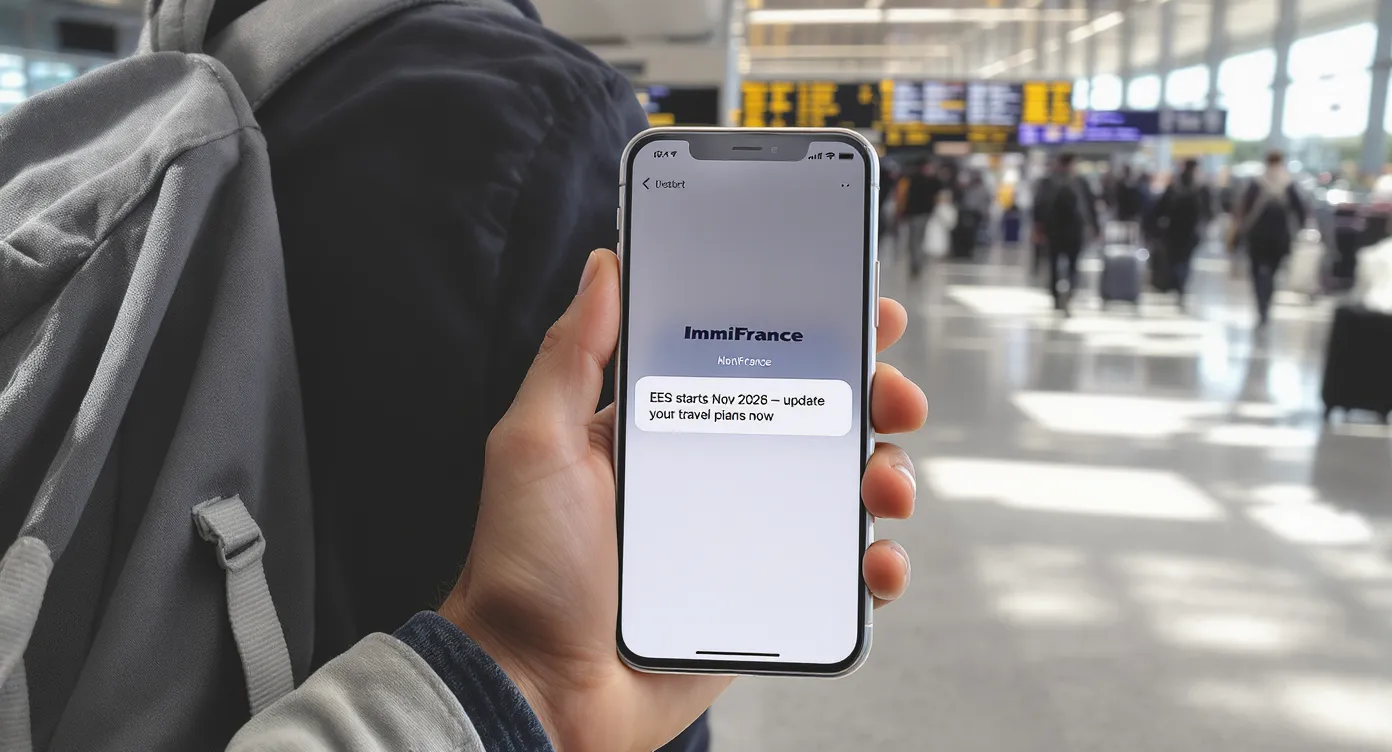New ETIAS Launch Delay: Impact on French Visa Holders in 2025
The long-anticipated European Travel Information and Authorisation System (ETIAS) has again been pushed back. On 10 October 2025, the EU Justice and Home Affairs Council quietly confirmed that the public launch for travellers will not take place before Spring 2027, citing continued integration problems with the Entry/Exit System (EES) and air-carrier connectivity. What does this fresh delay mean for third-country nationals who already hold a French visa or residence permit in 2025? Below is a practical breakdown of the new timeline, the concrete impact on your travel plans, and the steps you should take now to avoid unpleasant surprises at the border.
1. ETIAS in a nutshell
ETIAS is an electronic pre-travel authorisation that will apply to nationals of around 60 visa-exempt countries (USA, UK, Canada, Australia, etc.) before they board transport to the Schengen Area. It is sometimes called “Europe’s ESTA”. Travellers will complete an online form, pay a €7 fee and receive a digital approval valid for three years.
Important: ETIAS has never targeted people who already possess a national long-stay visa (VLS-TS) or a French residence permit. These categories have always been exempt, because your visa or card already proves you passed the EU security checks.
2. A roller-coaster timeline
| Date | Official milestone | Reality check |
|---|---|---|
| 2018 | Regulation (EU) 2018/1240 entered into force | Technical build began |
| May 2023 | First announced go-live (later postponed) | Postponed to 2024 |
| Oct 2024 | Council moved target to “mid-2025” | Dependent on EES readiness |
| Oct 2025 | New statement: no ETIAS before Spring 2027 | Interoperability problems persist |
Sources: Council conclusions 17129/25 JHA; eu-LISA Management Board minutes (Sept 2025).
3. Why another delay?
- EES software bugs still unresolved. Border-control kiosks in France and Spain repeatedly crashed during August pilot tests, causing four-hour queues at Roissy CDG.
- Carrier interface backlog. Only 48 percent of airlines and ferry companies have completed mandatory EES and ETIAS integration, according to the European Union Aviation Safety Agency.
- Data-protection fixes demanded by the CNIL and Germany’s BfDI. Authorities flagged facial-recognition retention periods as non-compliant.
- Budget overrun. Parliament froze part of eu-LISA’s 2025 appropriation until a new risk-mitigation plan is approved.
4. Practical impact for French visa and residence-permit holders
4.1 Travelling to France from a non-Schengen country
- No ETIAS application needed until at least Spring 2027 if you already hold one of the following:
- VLS-TS sticker validated on ANEF
- Carte de séjour (any type, including récépissé or APS)
- EU family-member card
- 10-year resident card
- Your existing documents remain the only items airlines may ask to see. The €7 ETIAS fee does not apply.
4.2 Short trips within the Schengen zone
You can still use the 90-days-in-any-180-day rule without extra paperwork. Internal links for deeper guidance:
- See our 2025 guide “Traveling Inside Schengen with a French Residence Permit: Rules and Tips” for real-world scenarios.
4.3 Renewals and travel during processing
The ETIAS delay does not extend the validity of your visa or card. If you plan to renew while abroad, focus instead on:
- Carrying a valid récépissé or visa de retour.
- Checking EES implications for overstays once the system goes live in late 2026.
See the checklist in “Residence Permit Renewal During Overseas Travel: Avoiding Airport Issues”.
4.4 Undocumented migrants planning to regularise
If you are currently without status and exploring regularisation routes, the ETIAS delay changes nothing about your French options (work, marriage, medical, etc.). What does change is border-exit recording under EES. Once EES is operational, clandestine exits and re-entries will be easier for authorities to detect. Start building a legal stay now: our step-by-step guide “From Undocumented to Documented: Regularization Through Employment” explains the process.
5. Interplay with the Entry/Exit System (EES)
EES records biometric entries and exits for all third-country nationals, including people with long-stay visas and residence permits. The current target date for France is November 2026. Key points:
- Your passport will be scanned and fingerprints collected the first time you cross an external Schengen border after EES starts.
- Subsequent crossings use facial recognition plus a “match” against the stored template.
- Overstay calculations will be automated. Holding a récépissé that extends your rights will not automatically update the EES database. Keep a printed copy handy.

6. Frequently overlooked consequences
- Airline misinformation. Carriers will still update their check-in software for ETIAS in advance. Staff may prematurely ask for an “ETIAS approval email”. Carry an official print-out of the Council press release or France’s Ministry of Interior FAQ to avoid denied boarding.
- Transit airports outside France. If you connect through Switzerland or Germany before reaching France, your first external Schengen border crossing point applies the same rules. No ETIAS means you proceed with your French visa or card.
- French overseas territories. ETIAS never applied to DROM-COM destinations (Martinique, Réunion, etc.). Local visa regimes remain separate.
7. Action checklist for 2025-2026
- Verify that your passport expires at least six months after your next planned return date.
- Track the EES start date on the official eu-LISA portal.
- Secure your next préfecture renewal slot early; strikes and backlogs persist. Consult our “Prefecture Strike Calendar 2025” for safe dates.
- Keep digital and paper copies of your VLS-TS validation, récépissé or carte de séjour when flying.
- Subscribe to ImmiFrance’s free ETIAS & EES alert list so you receive bilingual updates as soon as the timeline changes.

FAQ
Will ETIAS ever apply to people with a Carte de séjour? No. The regulation exempts anyone who holds a residence permit issued by a Schengen state.
I am a British national with a French VLS-TS. Do I need ETIAS? Not until your visa expires. If you later switch to short tourist trips, you will need ETIAS once the system goes live.
Could airlines refuse boarding before Spring 2027 if their systems say ETIAS is live? They should not, but training gaps happen. Carry print evidence of your exemption and ask to escalate to the airline’s immigration liaison officer.
What about students on a gap year outside France? Your validated VLS-TS remains valid for re-entry within its dates. ETIAS is irrelevant.
Does the EES launch mean shorter lines at the airport? Initially no. Trial runs suggest longer processing times during the first months, so plan extra layover time.
Need personalised guidance?
Rules change fast and mistakes at the airport can ruin a trip or—even worse—trigger an OQTF. Our multilingual advisers track every regulatory update in real time and have direct lines to préfectures and airline liaison desks.
Book a 30-minute video consultation with an ImmiFrance expert today. We will review your travel itinerary, check your document validity and upload a tailored border-crossing kit to your secure client portal. Visit https://immifrance.com to schedule your session and travel with peace of mind.
